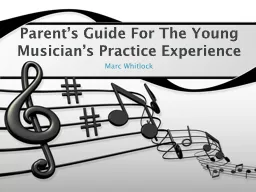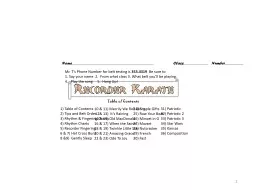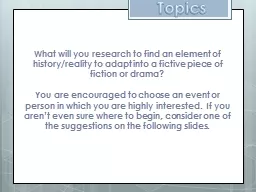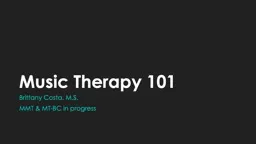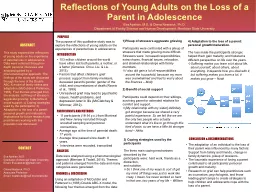PPT-Parent’s Guide For The Young Musician’s Practice Experi
Author : luanne-stotts | Published Date : 2016-11-23
Marc Whitlock Parents Guide For The Young Musicians Practice Experience Similar to studying any other academic subject practicing an instrument is a mental process
Presentation Embed Code
Download Presentation
Download Presentation The PPT/PDF document "Parent’s Guide For The Young Musician�..." is the property of its rightful owner. Permission is granted to download and print the materials on this website for personal, non-commercial use only, and to display it on your personal computer provided you do not modify the materials and that you retain all copyright notices contained in the materials. By downloading content from our website, you accept the terms of this agreement.
Parent’s Guide For The Young Musician’s Practice Experi: Transcript
Download Rules Of Document
"Parent’s Guide For The Young Musician’s Practice Experi"The content belongs to its owner. You may download and print it for personal use, without modification, and keep all copyright notices. By downloading, you agree to these terms.
Related Documents

